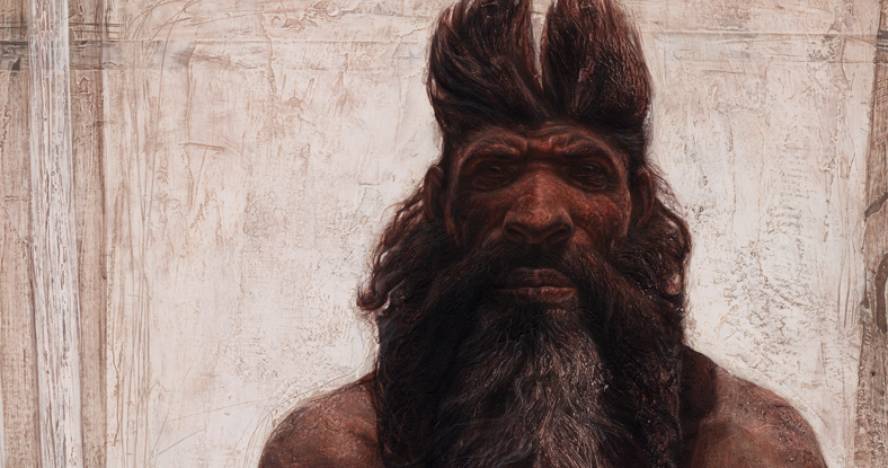They propose that the evolution of the human body can be divided into four phases
PNAS have published the study, according to which the first phase is the most regulatory. Those first human beings lived in the trees and sometimes walked two feet. In the second phase are the australopitecos, who were bipeds, although they had ability to move through the trees. The third is the most archaic man. Within this phase is the Homo erectus, in which the humans of the Osin Bone have also been included. Compared to the previous ones, they were higher, with large, strong bodies. Finally, in the fourth phase would be the modern, tall and slender man.
The researchers highlighted that the fossils of the Osín Óseo have helped to make this classification. In fact, they are Neanderthal and prior to modern man (they are about 430,000 years old) and constitute the largest collection of skeletons of the time. Therefore, they have been able to analyze their characteristics.
Asier Gomez-Olivency has been one of the researchers who has participated in the research. Ikerbasque is a researcher at the Department of Stratigraphy and Paleontology of UPV-EHU and, in fact, has clarified that the anatomical description has been carried out entirely in two species: ours and Neanderthals. And this is because so far no fossils have been found that preserve all the anatomical parts of the oldest hominid than those of the Osín Óseo.
Gomez-Olivency has confirmed that the classification is based on the morphological characteristics of the postcranial skeleton (below the skull): “The oldest DNA is 430 thousand years old and the fossil hominid more than 4 million years (australopithecus ansis
Gomez-Olivency warns that classification is not a staggered scale. “For example, genres Homo and Paranthropus are of the same chronology and have very different bodies.”
As for Neanderthals, researchers have placed them in the third phase. In addition, they stressed that they had specific characteristics and that some of them can also be seen in the humans of the Osin of Bones. According to Gomez-Olivency, this coincides with what they said last year in an article published in the journal Science, based on the morphology of the skulls, when they affirmed that the distinctive morphology was appearing progressively. “Now, analyzing the postcranial skeleton, we have reached the same conclusion”.







